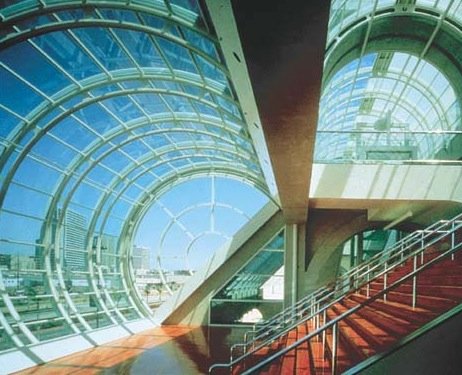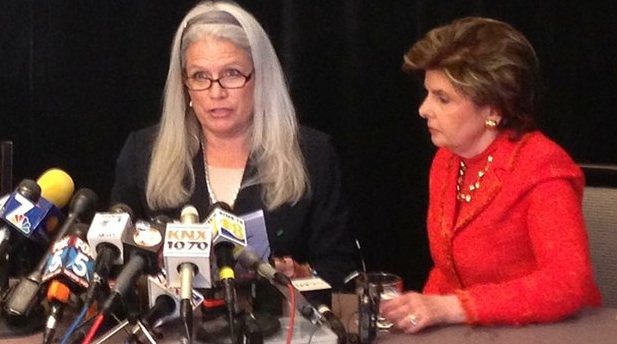Daily Business Report-Aug. 31, 2015
The San Diego Convention Center
New Study Recommends Contiguous
Expansion of Convention Center
A contiguous expansion of the San Diego Convention Center is preferred by the center’s clients and stakeholders and also provides the greatest return on investment for the City of San Diego, according to a new study released today by Conventions, Sports and Leisure International.
The study analyzed the financial and economic value of expanding the convention center with contiguous exhibit space as well as an expansion several blocks from the current facility characterized as non-contiguous or a “campus” option.
While the contiguous expansion was deemed superior, the study found that the City would also benefit from additional meeting and exhibit space from a non-contiguous expansion. “From an impact return perspective, the city should continue to pursue the contiguous option as opposed to a significant investment in a publicly-owned convention center located several blocks from the existing SDCC,” said John Kaatz, the study author.
In addition to pursuing the contiguous expansion of the current SDCC, Kaatz said the City should consider some type of support for a development of a largely privately-led hotel and convention project on or near the site currently identified for the campus option. “The strength of the San Diego market for mid-sized conventions, as well as the importance of securing additional headquarter hotel inventory, suggests that multiple projects designed to maintain and enhance the competitive position of the San Diego market could be pursued.”
“Expanding the convention center will create new jobs for San Diegans and provide a huge economic benefit to our region. This study reaffirms that the contiguous expansion is the ideal approach for the most immediate impact, and provides the best return on investment,” said Mayor Kevin Faulconer. “It’s time to expand the convention center. My administration will begin talks with the tourism industry, City Council and other stakeholders to lay the groundwork for moving forward with the contiguous project in 2016 if the city prevails in court. The campus expansion and accompanying hotel would also bring economic benefits for the city that we will continue to explore.”
An ongoing legal challenge to the Coastal Commission’s approval of the contiguous expansion project may be resolved in the next six months.
Read the complete report here.
_________________________________________________
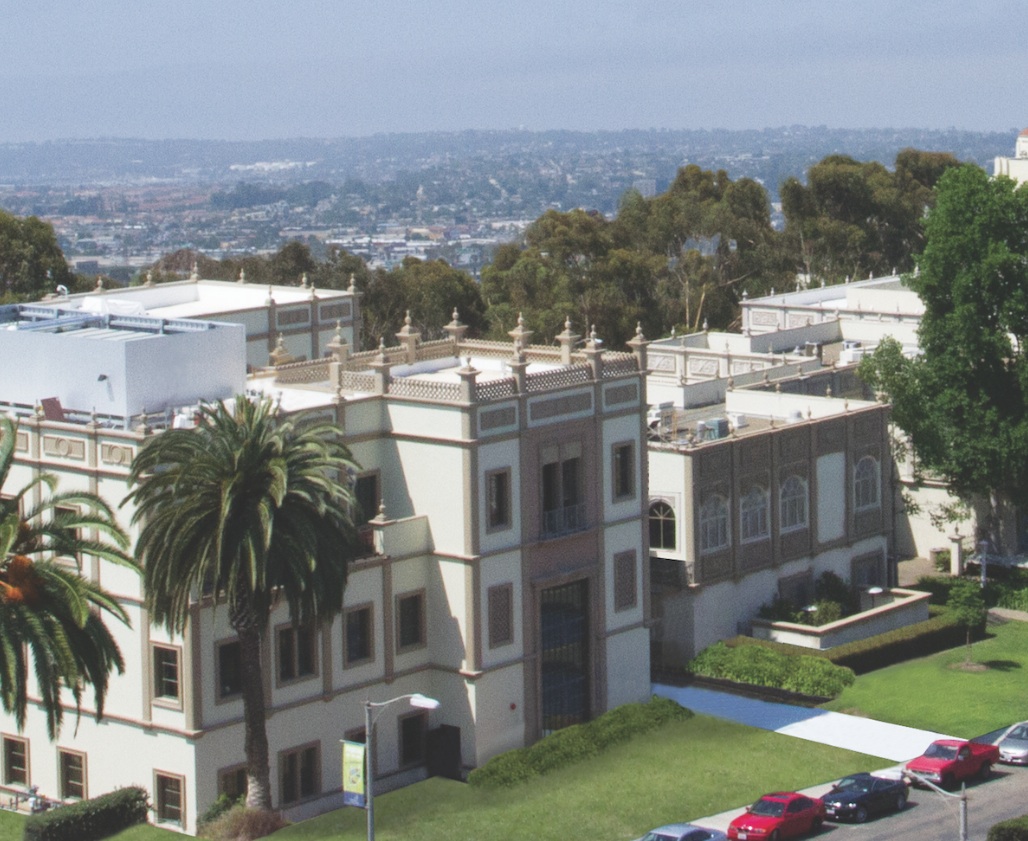
University of San Diego to Open $18 Million
Advanced Nursing Institute on Campus
The $18 million Betty and Bob Beyster Institute for Nursing Research, Advanced Practice and Simulation — considered the future of nursing at the University of San Diego, will be officially opened at noon on Tuesday.
A lead gift of $8 million from Betty Beyster and the late Dr. Robert Beyster, founder of the giant research and engineering firm SAIC, who passed away late last year, laid the foundation for the 30,000-square-foot facility adjacent to the existing nursing school.
The institute’s first floor will hold the new and expanded Lizbeth Dickinson Smoyer Nursing Simulation Center, the keystone of the school’s clinical teaching facilities and a national model for nursing education. Its features include computerized mannequins and trained patient “actors,” to educate nurses, along with a state-of-the-art video data management system for faculty to evaluate students’ judgment and clinical skills.
The second floor includes the Lizbeth and Walter Smoyer Family Advanced Practice Registered Nurse (APRN) Education Center focusing on the management of preventive care and leadership of interdisciplinary teams. More than 1,000 APRNs, including 100 with the doctor of Nursing Practice Degree, have graduated from USD since 1984.
The institute’s third story focuses on nursing research and houses four research units in veterans’ care, maternal and child care, palliative care and aging. Its research centers include the Hervey Family San Diego Foundation Military and Veteran Health Unit, the Women and Children’s Health Unit, the Kaye M. Woltman and Melisa R. McGuire Hospice and Palliative Care Education and Research Unit, and the Senior Adult Research Unit and Functional Assessment Apartment. The third floor also includes the PhD Executive Classroom and the Krause Family PhD Research Library and Study.
The institute was constructed in the university’s Spanish Renaissance style. Ed Holakiewicz of gkkworks was the principal architect and DPR Construction was the builder.
The university’s nursing school was ranked in the top 30 nationally for graduate nursing by U.S. News & World Report. It provides nearly one-half of the nursing faculty to other nursing schools in San Diego County and Southern California.
Launch of Navy’s ‘Cell Phone Tower in the Sky’
Scrubbed Because of Hurricane Erika
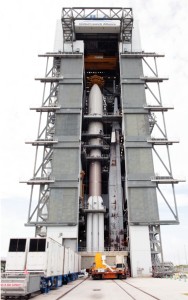
Because of foul weather caused by Hurricane Erika in the Caribbean, the fourth Mobile User Objective System satellite that was scheduled to launch this morning from Cape Canaveral Air Force Station in Florida has been scrubbed. The satellite would provide full global coverage for what it is being touted as a “cell phone tower in the sky” for U.S. forces.
The Navy’s MUOS-4 spacecraft, if successfully placed in orbit, will provide global coverage, although the system will not be considered fully operational until a fifth on-orbit spare is launched, all ground station work is complete and the wideband code division multiple access is working properly.
The Navy’s Program Executive Office for Space Systems, located at the Space and Naval Warfare Systems Command in San Diego, is responsible for the MUOS program.
U.S. armed forces, civilian agencies and allies will have access to smartphone like features on the secure narrowband system, with higher data rates and beyond-line-of-sight connectivity as long as they can link to the system, although rollouts of terminals and the software waveforms that are needed to connect to the spacecraft have been plagued by delays.
“This greatly extends the coverage for our warfighters on the ground,” said Col. James Ross, Army tactical radios program manager. The system is referred to as “cell towers in space” for its ability to deliver the kinds of communications consumers expect on Earth. Officials said the voice clarity is actually better than a typical cell phone.
The Navy is having difficulties delivering the waveform also known as WCDMA, which is intended to work with MUOS. The MUOS spacecraft have a payload that allows them to communicate with radios compatible with the legacy UHF-Follow-On satellites, which accounts for the 10 percent of capacity being used.
Judicial Ruling Gives Water Authority
Victory Over MWD in Rate Case
A San Francisco Superior Court judge issued a final decision on Friday that says the Metropolitan Water District of Southern California must pay the San Diego County Water Authority $188.3 million plus interest for illegal water rates MWD charged from 2011 to 2014. Judge Curtis E.A. Karnow also determined that MWD has been under-calculating the Water Authority’s preferential right to MWD water supplies by improperly excluding hundreds of millions of dollars of payments made by the Water Authority.
Today’s final ruling affirms the tentative ruling Judge Karnow issued July 15. In his final ruling, Judge Karnow rejected all of MWD’s defenses to the Water Authority’s legal challenges, including the contention that the Water Authority consented to being overcharged by the Los Angeles-based wholesaler. Instead, he said the Water Authority is entitled to the damages it claimed — four years of overpayments totaling $188.3 million, plus interest.
“After five years in court, we have prevailed on the two main points of our lawsuit – that MWD has systematically overcharged the San Diego region’s ratepayers while shorting our rights to MWD water,” said Mark Weston, chair of the Water Authority’s board of directors. The Water Authority’s board already has determined that the agency will deduct its litigation expenses and return the remaining money to its 24 member agencies in proportion to their payment of MWD’s illegal overcharges over the four years in dispute. MWD has said it will appeal, and that will delay refunding of the Water Authority’s overpayments.
UC San Diego Cancer Researchers
Get Outstanding Investigator Award
Four UC San Diego School of Medicine researchers have been selected to receive the newly established National Cancer Institute (NCI) Outstanding Investigator Award. The multi-million dollar awards fund new projects that have an unusual potential in cancer research over seven years.
The recipients are Kun-Liang Guan, professor in the Department of Pharmacology, who will receive $5.9 million for his work with mTORC1 and Hippo pathways in cell growth and cancer; Tannishtha Reya, professor in the Department of Pharmacology and Medicine, who was awarded $6.3 million for her project on molecular strategies for early detection and targeting of cancer; and Jin Zhang, professor in the Department of Pharmacology, who will receive $6.5 million to evaluate live-cell activity architecture in cancer. The funding amount for Michael Karin, professor of pharmacology and pathology, is pending. Karin is studying the role of immunosuppressive B cells in the development of cancer and its treatment.
“Cancer research is moving at an accelerated pace but there are still many unanswered questions that our team is trying to answer through innovative science,” said Scott Lippman, director of Moores Cancer Center at UC San Diego Health. “The NCI Outstanding Investigator Award provides important additional resources that will help us realize scientific discoveries best accomplished at a comprehensive cancer center.”
Bank of America Foundation Awards
$320,000 in Grants to 22 Nonprofits
The Bank of America Charitable Foundation has awarded $320,000 in grants to 22 local nonprofits providing affordable housing and community development services in San Diego.
The selected nonprofits play a critical role in connecting low-income people to such resources as affordable housing, financial coaching, neighborhood preservation and arts and culture programs that spur economic growth.
The organizations receiving funding:
• Community HousingWork — Helping communities to move up in the world through opportunities to rent, own and achieve.
• Habitat For Humanity — Bringing people together to build homes, communities and hope.
• Housing Opportunities Collaborative — Provides a free resource to assist in all housing related issues and financial well being.
• San Diego Regional EDC — Mobilizes business, government and civic leaders to maximize the region’s economic prosperity.
• South Bay Community Services — Serves more than 50,000 people per year. Their programs and services responds to the needs of their community providing tools so challenges can be overcome.
Funding was also awarded to several other organizations including: Local Initiatives Support Corporation, Zoological Society of San Diego, Old Globe Theatre and San Diego Natural History Museum to name a few.
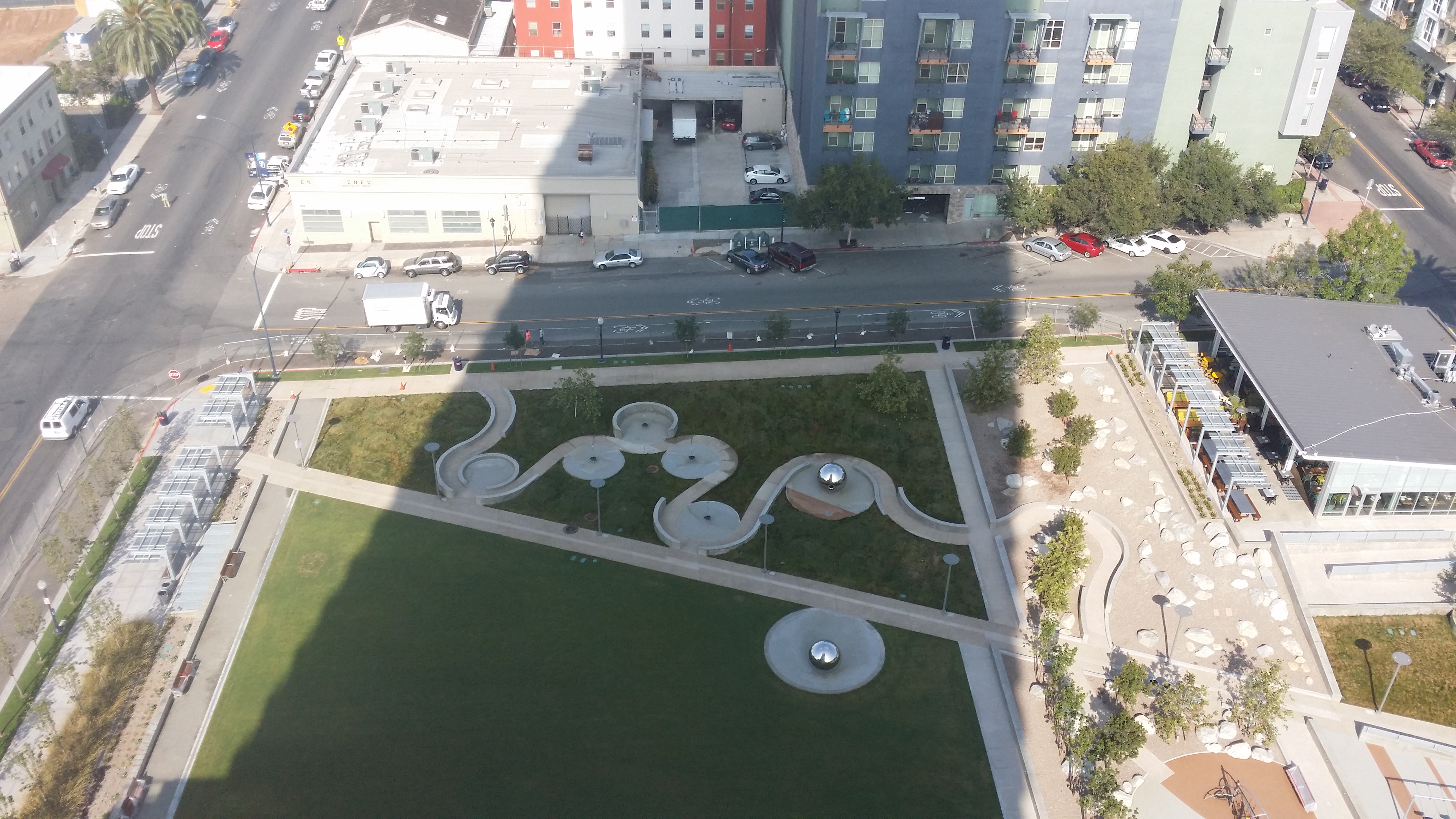
Fault Line Park Opens in East Village
Fault Line Park in East Village, the first city park to be built in nearly a decade to serve the Downtown area, has officially opened.
The 1.3-acre public park is the result of a public-private partnership between Civic San Diego, the city of San Diego and developer Pinnacle International. In addition to the park, the partnership will ultimately result in the development of 956 homes, including 72 affordable (rent and income restricted) units, 22,000 square feet of commercial/retail space, and more than 1,000 underground parking spaces in a project known as Pinnacle On The Park.
Fault Line Park features children’s areas; including play equipment and interactive elements, grassy open space, an intimate drought-tolerant succulent garden, seating areas and public art. The park lays directly over Rose Canyon Fault, which was the inspiration for the design of the park and the artwork. The fault is symbolically marked by a walkway through the middle of the park. Pinnacle International constructed Fault Line Park and will be responsible for its on-going maintenance and security. Fault Line Park, located at 1433 Island Ave., is open from 6 a.m. to midnight.
A special feature of the park is titled “Fault Whisper,” an original art piece by Living Lenses, an internationally known artist group founded in 1999 by Po Shu Wang and the late Louise Bertelsen. The piece features two large stainless steel spheres, which mark opposite sides of the Rose Canyon Fault.
Record Number of Students to Start
Fall Semester at Cal State San Marcos
City News Service
More than 14,000 students, a record high, are set to start classes today at Cal State San Marcos, a 9 percent increase over last year.
The count for the fall semester includes 2,229 freshmen and 1,589 transfer students who will attend classes at the main campus in northern San Diego County and a satellite facility in Temecula.
“Here, in our 25th anniversary year, we can look forward to a promising and exciting future for Cal State San Marcos,” CSUSM President Karen Haynes said at a convocation. “A future that builds on our proud past but also goes beyond the achievements of yesterday to take full advantage of the challenges that a rapidly changing world will certainly bring our way.”
Around 620 students have moved into the University Village Apartments, while another 800 will take up residence in The Quad dormitories.
Among the physical changes on campus:
• The Latin@ Center will serve as a place to celebrate Latin culture and provide resources for Hispanic students.
• The CSUSM University Store has reopened in the Dome, providing more space for textbooks and gifts.
• Renovations are complete at Starbucks, which has reopened.
• Construction is continuing on the 25,000-square-foot sports arena that will host Cougars athletic events.
Semester openings will continue Tuesday at Point Loma Nazarene University and Wednesday at the University of San Diego. Fall quarter classes will begin at UC San Diego on Sept. 24.

